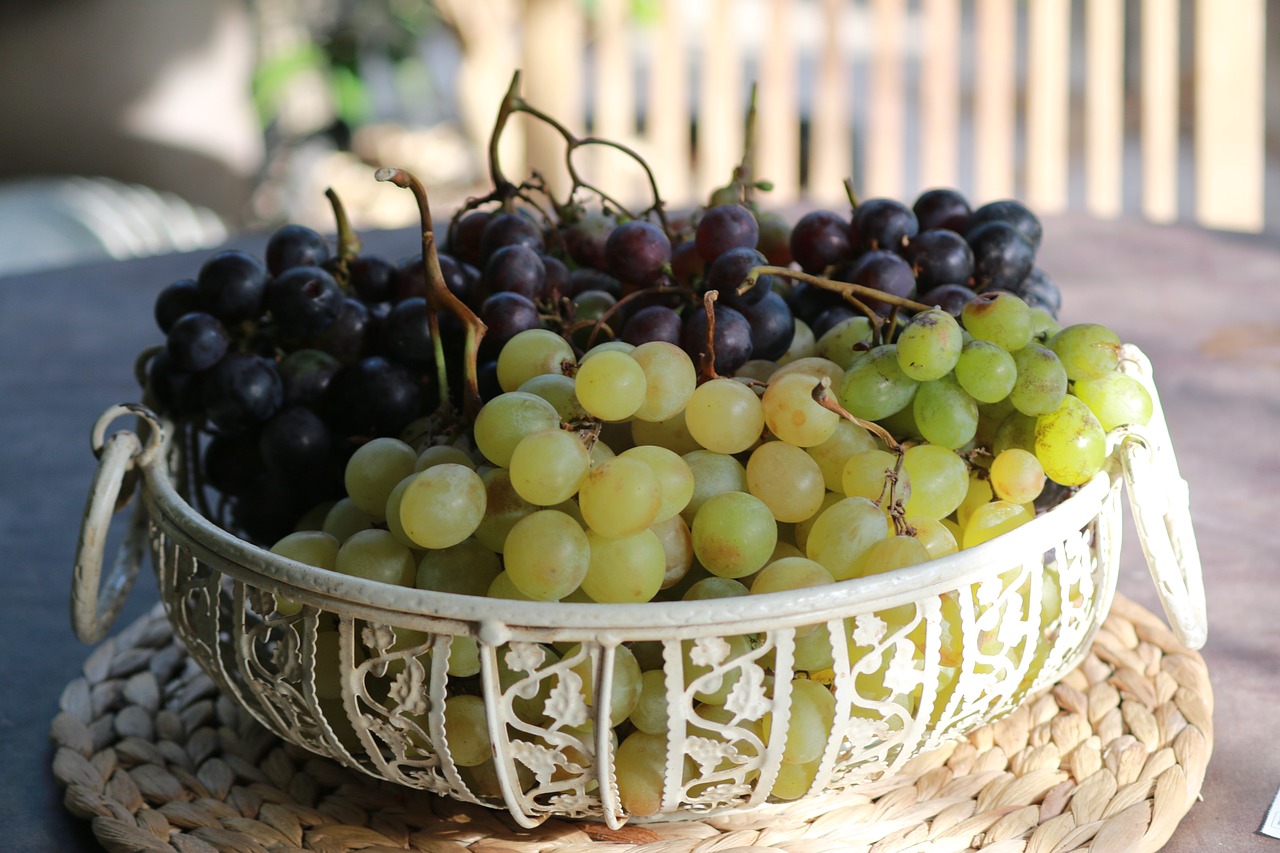Growing grapes is really easy. It can grow in almost all types of soil conditions and climatic conditions, however, this does not mean grapes can grow in deserts and high mountains. When we say all types of soil ad climate, we mean, grapes are easily grown in the areas between the tropic of Cancer and the tropic of Capricorn. Even though grapes are easy to grow, growing perfect tasting grapes or grapes for wine making might be very difficult because the taste of grapes differs according to soil condition and climatic variation. Even though they will grow just about anywhere, grapes will not thrive in particularly boggy, swampy, or waterlogged environments, extremely acidic, or completely alkaline soil, or those that are barren, or void of nutrients.
Soil Types For Growing Grapes
Generally speaking, the ideal soil type for growing good quality grapes is loam with some presence of sand. This type of soil not only retains moisture but also has good drainage. Grapes like the moistened soil but they don’t like water being clogged in the roots. Therefore sandy loam is the best soil type because it holds moisture and drains well.
In some cases, grapes are also capable of thriving in silty loam. However, in many instances, these silty soil types will need a moisture-balancing amendment to support the growth of healthy grapevines. Silty soils tend to hold a lot of water, like clay, and can easily become waterlogged. As mentioned earlier, grapes like frequent watering, but do not want the water to be clogged on the roots.
Check your soil before you plant
The first thing you should do before planting is to test your soil. Testing your soil can tell you the general pH level, amount of organic material, its physical characteristics, and also chemistry. When you have proper information about the physical and chemical aspects of your soil, you will have all of the knowledge you need to ensure your soil is perfect for optimal grape growth.
If it needs to be amended, you will know exactly what you need to add to make it perfect for your vineyards. For example, grapes need a pH level of 5.5 – 7.0 in order to thrive. Lime can be used to increase the pH of your soil and sulfur can be used to reduce the pH. For soil testing, you can find a lot of soil testing kits.
Test Soil Drainage
Grapes don’t like water being clogged into the roots, nevertheless, grapes also require good irrigation. Interestingly, grapefruit and plant both have high water content. Thus, grapes need to be water frequently but soil also needs to be good draining.
To test the drainage of your soil, dig a 12×12×12 inch hole in your planting area. Fill this hole with water and allow the ground to absorb it for 30 – 60 minutes. Once the hole is empty, or the time is up refill it again and leave it for 24 hours. If the hole has completely drained after 24 hours your soil drains well enough to support healthy grapevine growth.
If the hole has not drained completely in 24 hours, your soil does not drain well enough for grapes. If the hole has completely drained within only a few hours of being filled the second time, your soil is likely too dry to support grape vines. In either of these cases, the soil will need amended with the proper moisture balancing material to correct the problem.
Amending or improving your soil
Most soil types are capable of being amended fairly easily by adding organic matter. Boggy, waterlogged soil types or especially hard soil types like silt and heavy clay can be amended by adding vegetable composts, manure, pine bark, chopped hardwood, and pH gravel. These materials work to break up the soil density, allowing it to drain better and prevent it from clumping and compacting. Never use sand to amend boggy, clay, or silt based soils. Sand will contribute to the soil density and make the soil harder, more compact, and more prone to flooding.
It is very important to know about your soil condition for organic farming. You can correct your soil by adding organic matter like humus, vermicompost, or compost. Just by adding peat moss, compost and humos, you can easily mend sandy soil. These materials will make the soil denser and allow it to retain adequate amounts of water, while also providing a sturdier anchor for root growth and helping to prevent excessive erosion.
